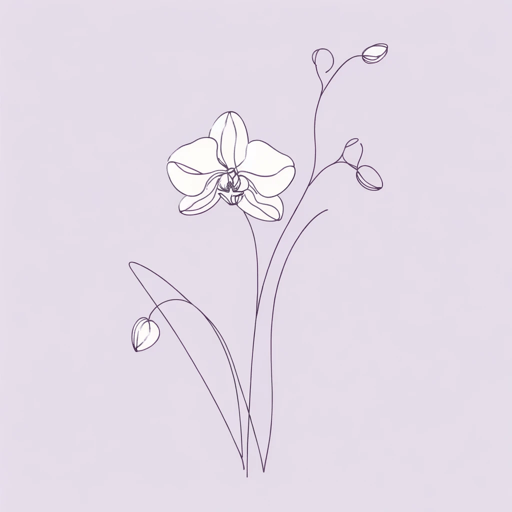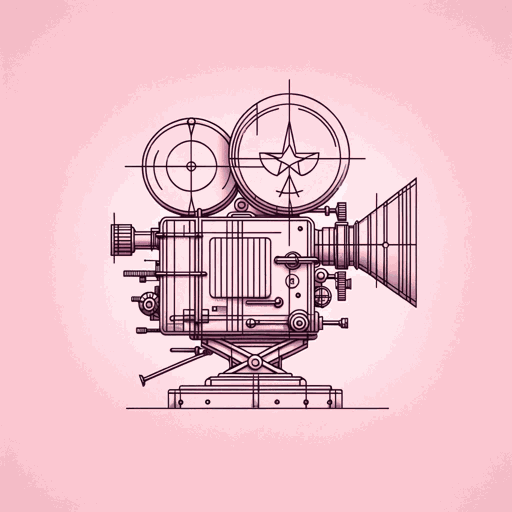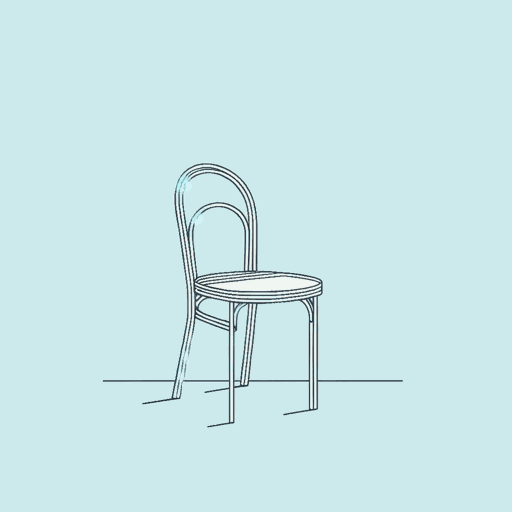47 pages • 1 hour read
Joan DidionThe White Album
Nonfiction | Essay Collection | Adult | Published in 1979A modern alternative to SparkNotes and CliffsNotes, SuperSummary offers high-quality Study Guides with detailed chapter summaries and analysis of major themes, characters, and more.
Symbols & Motifs
Pain, Violence, and Death
Ideas of death, violence, and pain—danger, in general—fascinate Didion. She names the collection The White Album—after the Beatles’ album that inspired the Charles Manson cult to murder people. She has a relationship with Linda Kasabian, the woman who during the Manson murders drove the car to the home of Sharon Tate. The Ferguson murder trial also captivates Didion: “I followed this trial quite closely, clipping reports from the newspapers and later borrowing a transcript from one of the defense attorneys” (13). She relates the music of The Doors to violence and danger when she describes the band as “missionaries of apocalyptic sex” (18). She starts her story of James Pike with his mysterious death, and the lives of lifeguards and soldiers earn her esteem, as the occupations involve danger, pain, and potential death.
It’s as if death, violence, danger, and pain represent some kind of irrefutable reality. This symbolizes a type of truth: The world is a dangerous, deadly place, and those who don’t recognize it as such don’t have a firm grip on reality. In Hawaii, the privileged people at the hotel are unaware of the violent reality of Robert Kennedy. They’re not in reality—they’re “in paradise” (120). Didion tries to “refrain from dwelling at length on a newspaper story about a couple who apparently threw their infant and then themselves into the boiling crater of a live volcano on Maui” (12).
Related Titles
By Joan Didion
Featured Collections
Books About Art
View Collection
Books & Literature
View Collection
Books on U.S. History
View Collection
Journalism Reads
View Collection
National Book Awards Winners & Finalists
View Collection
National Book Critics Circle Award...
View Collection
Politics & Government
View Collection
Sexual Harassment & Violence
View Collection
The Past
View Collection
Trust & Doubt
View Collection
Truth & Lies
View Collection
Women's Studies
View Collection






